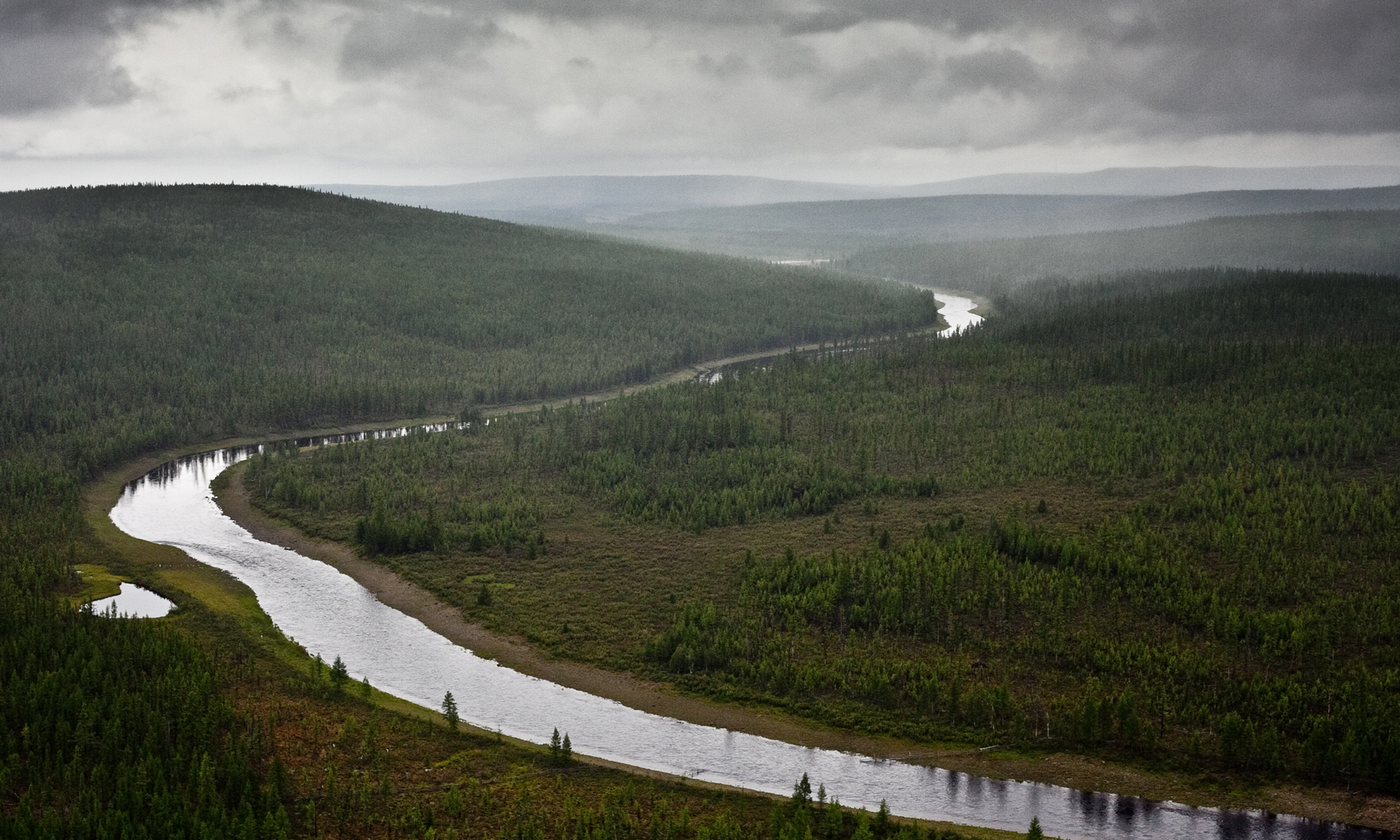In the Shadow of a Dam is a network of scholars engaged in the study of hydroelectric dams on tributaries of the Yenisei river in Central Siberia.
This project examines the entanglements of humans, nonhumans, and industrial infrastructures through the idiom of river life. It is a collaborative research project that draws together an international team of researchers specializing in ethnography, cultural history, photography, science and technology studies, and social theory. We are currently seeking support to undertake a three-year project with the goal of developing a better understanding of how people in Siberian industrial edgelands live (and endure) in a state of suspension, precarity, and anticipation. Furthermore, we ask how their experience may be analogous for humans in general as we dwell in the menacing shadow of climate catastrophe.
A series of villages along a northern Siberian river may be dismantled and flooded to create a massive reservoir as a component of dam construction. If it were built, the river and river life along with it would undergo a dramatic industrial reconfiguration. This would mark an epochal shift for river life in a territory known as the homeland for Indigenous Evenki peoples, one of the largest Indigenous groups in Siberia. The inundation would obliterate not only these villages and thousands of acres of boreal forest, but also several nuclear waste dumps and Tura—the capitol of the Evenki Autonomous District. When it was built in the 1930s, Tura was hailed as the ‘city in the forest,’ the center of cultural life for Evenkis.
Further south, the Angara river, once called the Upper Tunguska, has endured a very different fate. In the mid-20th century it was transformed into an industrialized river when the Bratsk Hydrostation was built. Dozens of villages were flooded as the reservoir behind the dam swelled to become a kind of lake. Our project visits those living in small villages along the Angara, people who were displaced by the dam’s flood and other’s who came to work on the dam or in resource extraction economies.
River life is our beginning frame of reference; it is one that allows us work through entanglements of histories and assemblages. The story of river life in the Siberian industrial edgelands will have important resonance across the circumpolar North but will also appeal to a much broader public (academic and non-) concerned with the feeling of increasingly unknowable futures in the face of climate change. Our project will contribute to very active and emerging conversations in visual anthropology (on the role of the still photography) as well as others that situate it among a repertoire of key concepts like the anthropocene, the ontological turn, emerging worlds, multispecies ethnography, and late Industrialism. Finally, it is more critical than ever to foster international relations between the USA and Russia. We believe this project with its focus on bilingual publication, ethnographic description through photography, and ecological critique is ideally constructed for broad impact.
